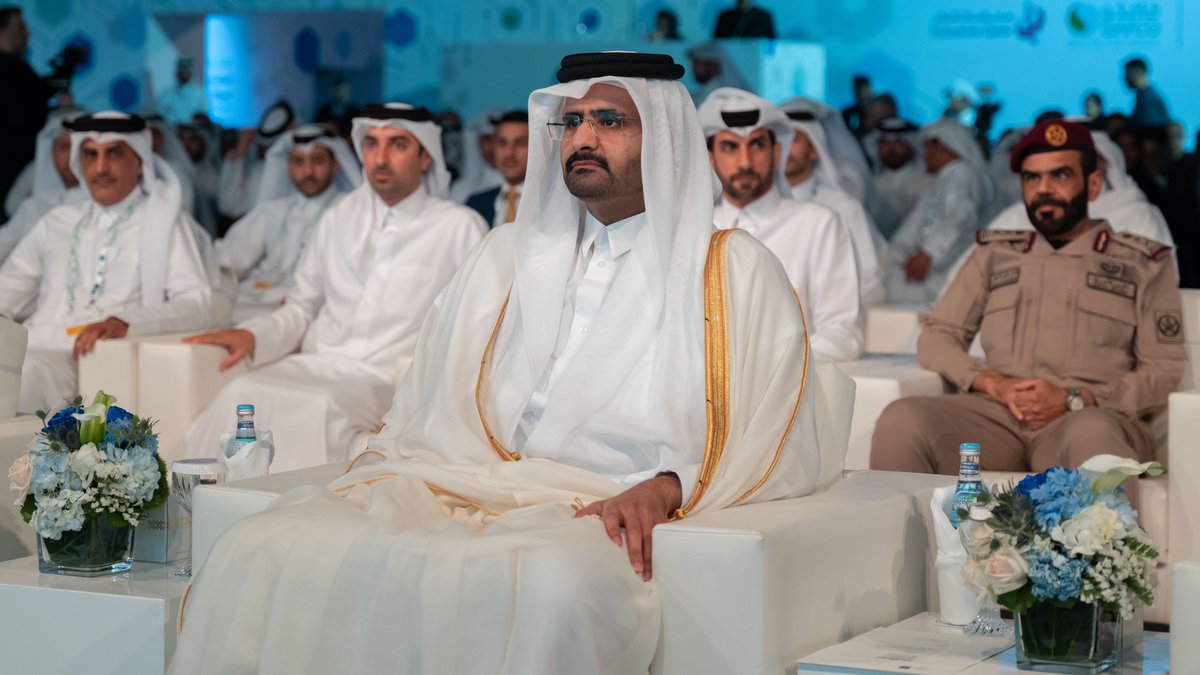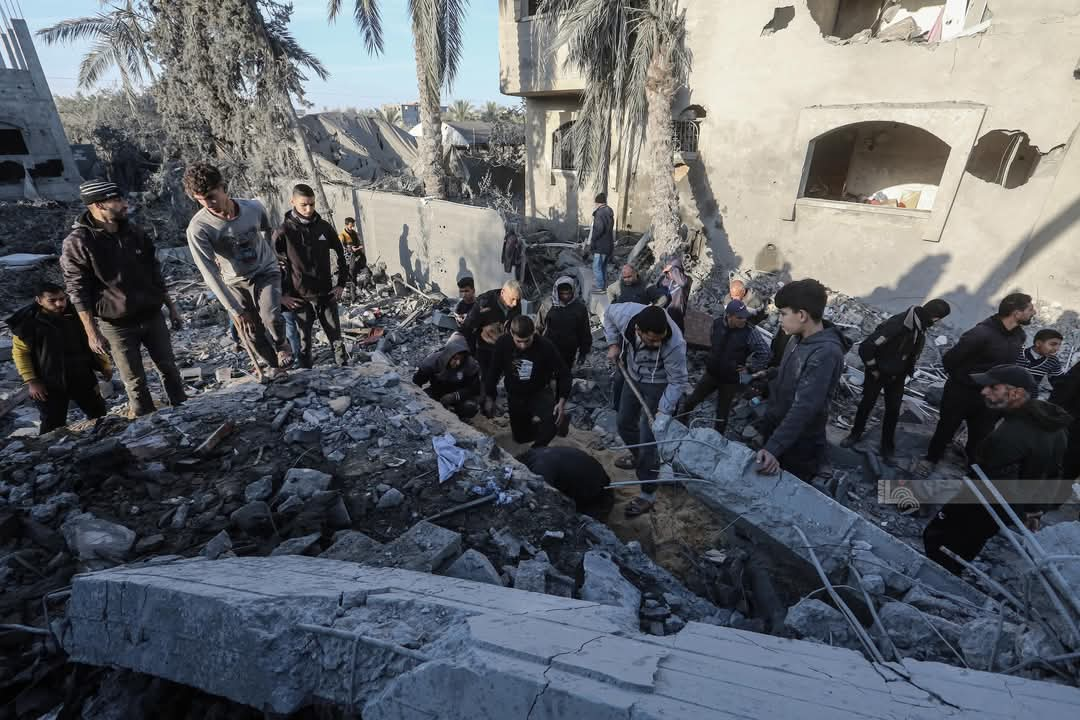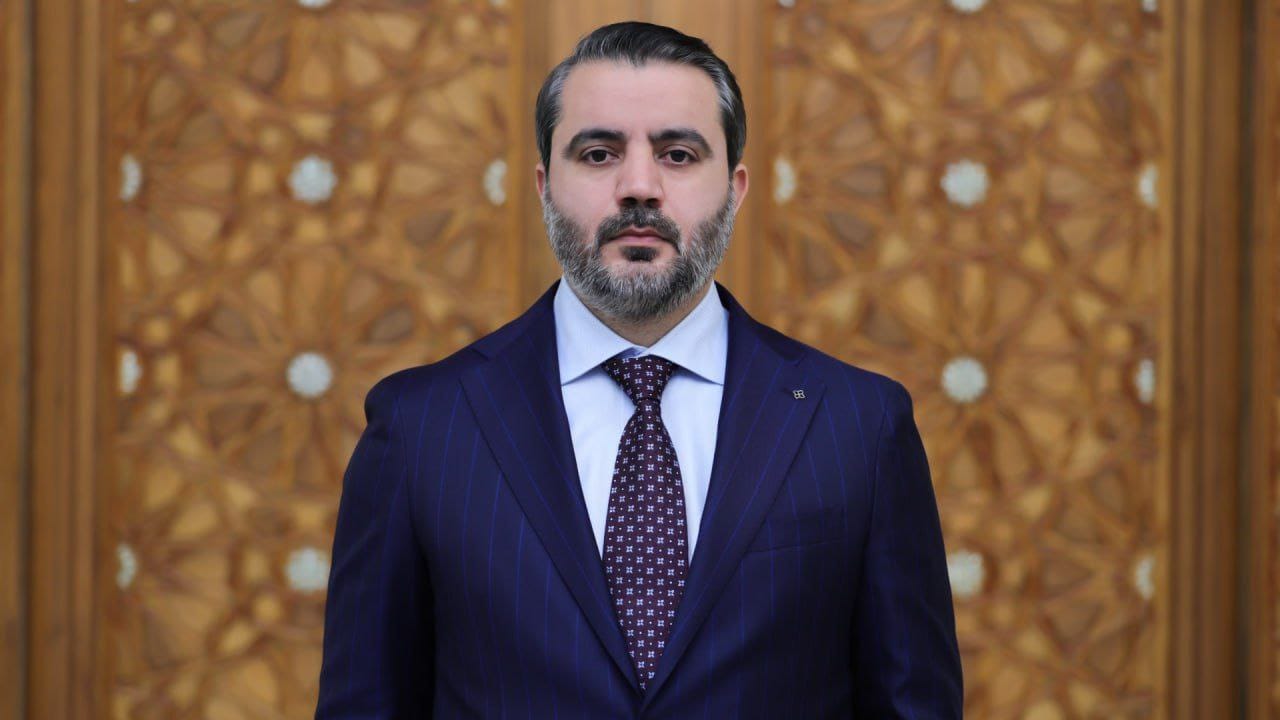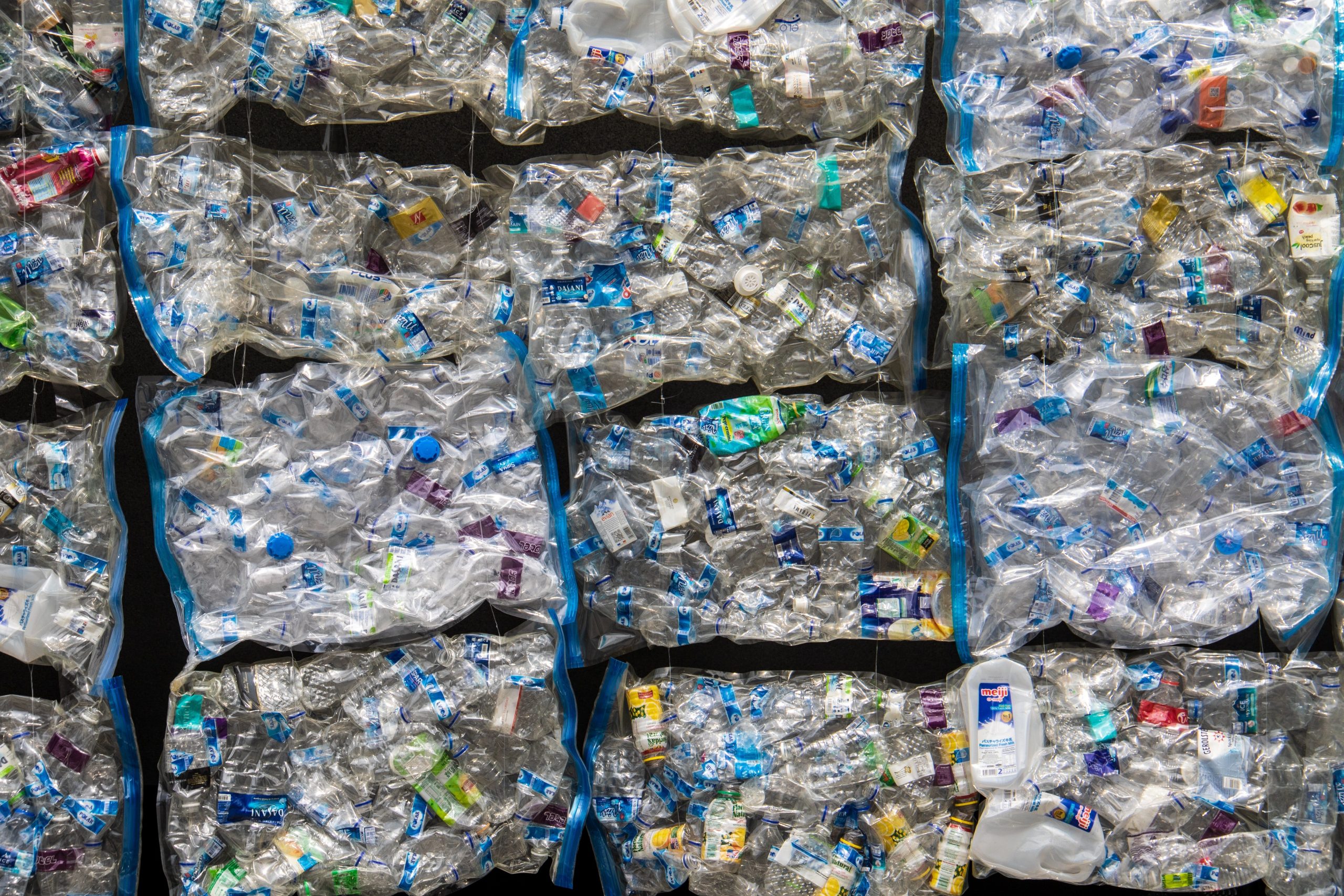The facility in Mesaieed is expected to enter production in the second quarter of 2026.
Qatar’s Deputy Amir Sheikh Abdullah bin Hamad Al Thani has laid the foundation stone for the Mesaieed blue ammonia plant on Tuesday, starting the construction of the largest facility of its kind in the world.
The facility’s construction is expected to be completed in the second quarter of 2026 under the patronage of Amir Sheikh Tamim bin Hamad Al Thani and will be able to produce up to 1.3 million tonnes of blue ammonia annually.
The groundbreaking ceremony, held in Mesaieed Industrial City, was attended by the Minister of State for Energy Affairs, Saad bin Sherida Al-Kaabi. Other government dignitaries, CEOs from various related firms, and QatarEnergy’s senior officials were also present.
In 2022, QatarEnergy Renewable Solutions and Qatar Fertilizer Company (QAFCO) signed an agreement valued at over $1bn to plan and develop the Ammonia-7 plant in Mesaieed.
Blue ammonia allows the extraction of ammonia, a crucial component in the production of agricultural fertiliser urea, with fewer carbon dioxide emission compared to other resource-intensive methods.
The new facility is part of a new production complex which aims to double Qatar’s urea exports by 2030 – plans for which were unveiled in September earlier this year.
Completion of the complex will see Qatar become the world’s largest exporter of urea, producing a whopping 12.4 million tonnes of urea per annum.
“When we look at the future market of urea with the growth of humanity[…]the urea requirement for food production will be exponentially increased,” Al-Kaabi said in September.
With the global interest in pivoting towards low-emission hydrogen-based fuels, ammonia — known for its easily transportable and storable nature — plays a crucial role.
The low carbon-intensive nature of blue ammonia makes it an important part of QatarEnergy’s Sustainability Strategy, which aims at “supplying lower-carbon LNG” on a global scale.
The decarbonisation of ammonia production is also a crucial pillar in the global transition to net-zero emissions by 2050, put forward by the United Nations’ Intergovernmental Panel on Climate Change.







